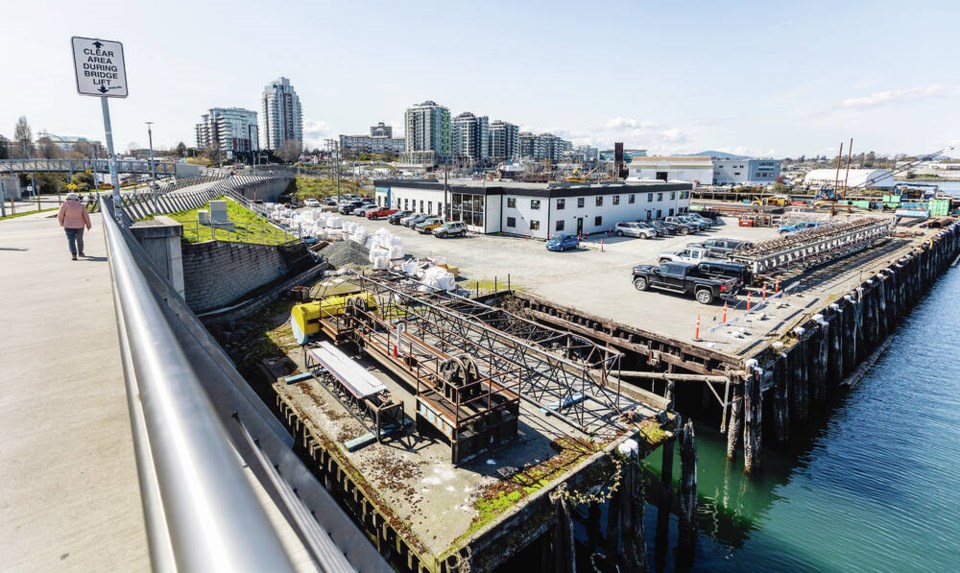The only major industrial firm in Victoria that will face a 37 per cent increase in its property tax bill this year is wondering why it has been singled out for special treatment.
The Ralmax Group of companies, which owns Point Hope Maritime, the only property in the city that will face such a dramatic increase in its tax bill, is still trying to get its head around the impact of Victoria’s 2023 tax rates.
Ralmax president Ian Maxwell said he’s disappointed Point Hope seems to have been singled out.
Maxwell said he’s still not sure what impact it could have on the company’s bottom line, but the impact could be in the six figures.
Thursday, city council voted to maintain the status quo on its tax rate policy for 2023 meaning all property classes, other than industrial, will face a 6.15 per cent increase in taxes this year.
Council voted to set the mill rate — how much property owners pay per $1,000 of assessed value — at 2.8 for residential, and 10.695 for business, light industrial and major industrial properties.
The result is a 6.15 per cent increase in taxes for residential property and business property owners, and a 22.3 per cent increase for light industrial properties and 37.3 per cent for major industrial properties.
The reason the industrial properties’ and Point Hope’s tax bill in particular will increase significantly is down to B.C. Assessment, said Victoria Mayor Marianne Alto. She said the assessed value of the property jumped significantly this year.
Ralmax said the three properties that make up Point Hope Maritime were assessed at nearly $38 million this year, up from about $30 million last year.
Alto acknowledged industrial lands like Point Hope represent economic opportunity and she shared the concern about the impact such a tax rise could have.
But she also said the city has been consistent in applying the mill rate on industrial property for years.
“The mill rate has always kind of hovered between 10 and 12 per $1,000 of assessed value,” she said. “The reason that you’re seeing the fairly dramatic increase by percentage is because the value of the land has increased dramatically for 2023.”
Alto said the city is well aware it has only a small amount of industrial land in the city.
“And the ones that we do have are really important, so whether or not we look at trying to adjust those mill rates is a question,” she said, leaving the door open to consider a new approach next year. “To a certain extent, part of it is out of our hands because it’s based on B.C. Assessment’s review and determination of what the land is worth. “
Why there is only one major industrial firm included in the tax rise is also down to B.C. Assessment.
While the city has zoned other lots as heavy industrial, B.C. Assessment characterizes major industrial properties as those that have pulp mills, grain elevators and ship building facilities like Point Hope.
B.C. Assessment defines light industrial properties as those “used or held for the purpose of extracting, processing, manufacturing or transporting of products.”
There are 42 light industrial properties that will face a 22 per cent increase in their tax bills this year.
According to City of Victoria staff, the city was unable to consider tweaking the tax rate options this year as they had simply run out of time.
“The options presented reflect current and previous council revenue and tax policy. Council can always provide new policy direction, or a review of the policy, but given that several bylaws need to be drafted and adopted before May 15, there is limited time for a full-scale review this year,” a spokesperson said in a statement.
That deadline is imposed by provincial legislation.



